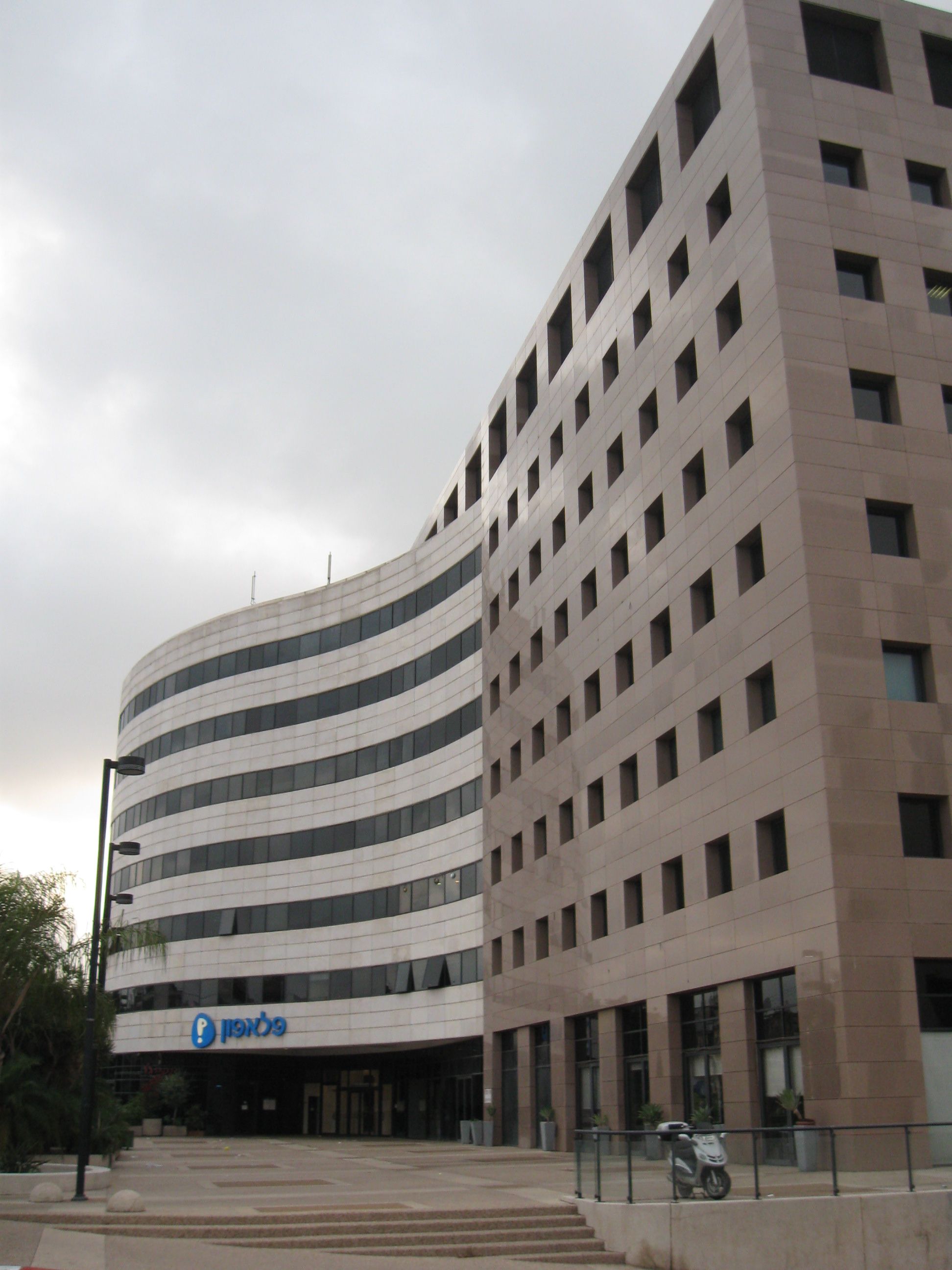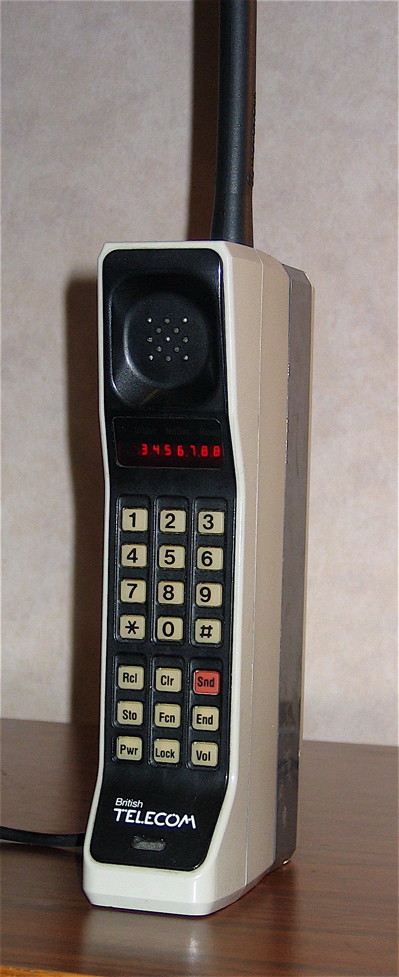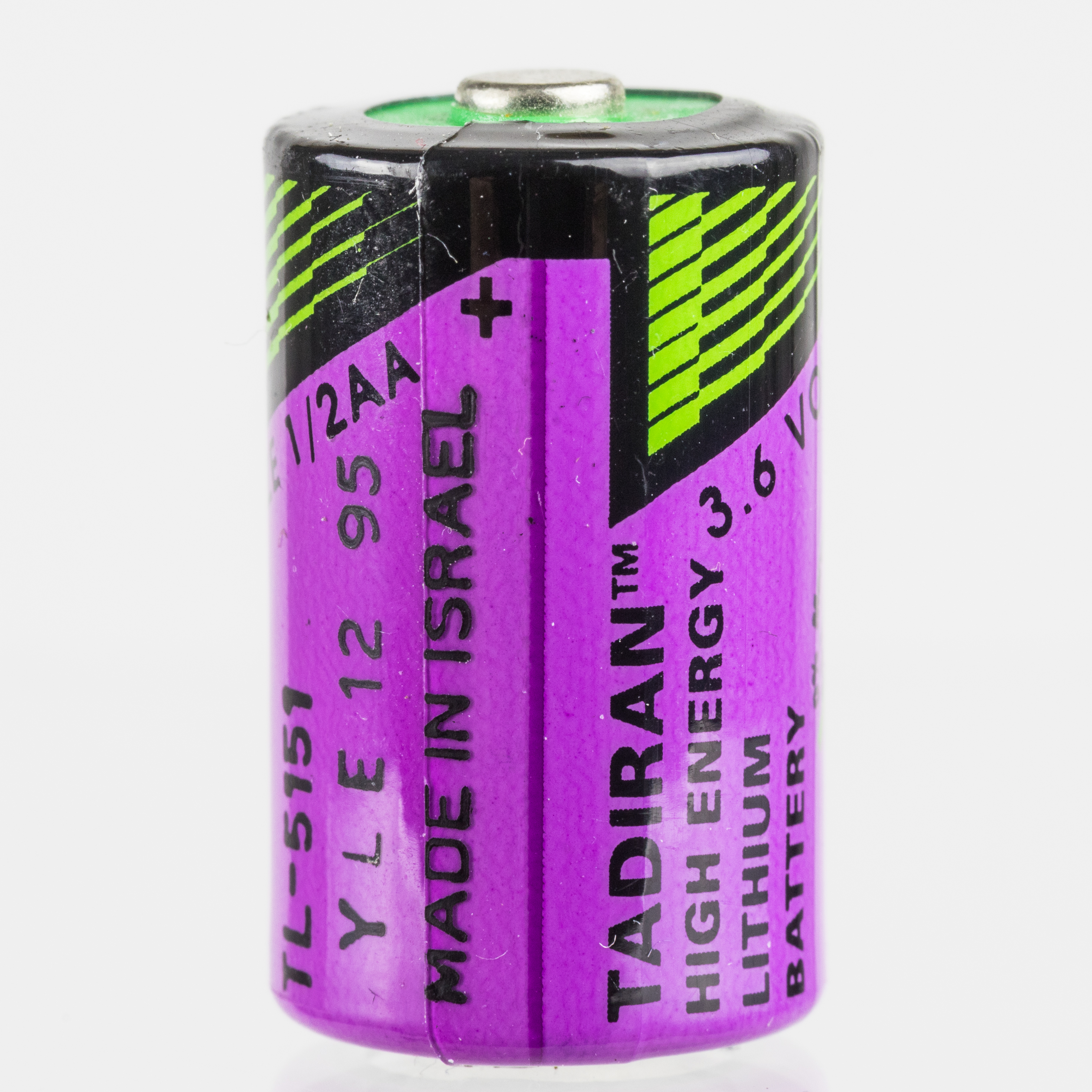|
Pelephone
Pelephone ( he, פלאפון, , lit. "wonder phone") is a mobile network operator in Israel, and also the first company to offer mobile telephony services in Israel. Due to this, the brand-name "Pelephone" became the genericized trademark for mobile phones in Israel, regardless of service provider. The company is a subsidiary of the Israeli telecommunications conglomerate Bezeq, which is also the principal provider of terrestrial telephone service in the country. As of June 2016 Pelephone had 2.26 million wireless subscribers. History Pelephone was founded as a company in 1985 as a joint venture between Motorola and Tadiran, after Motorola was awarded the contract to build Israel's first mobile phone network in November 1983. Pelephone began operations of its mobile phone network in March 1986. Pelephone's first television commercial featured Israeli actor Hanan Goldblatt using his car phone to buy and sell shares via a stockbroker while driving at the same time. In 1994, Bezeq ... [...More Info...] [...Related Items...] OR: [Wikipedia] [Google] [Baidu] |
Bezeq
Bezeq ( he, בזק) is an Israeli telecommunications company. Bezeq and its subsidiaries offer a range of telecom services, including fixed-line, mobile telephony, high-speed Internet, transmission, and pay TV (via Yes). History Bezeq was founded in 1984 as a government-owned corporation, taking over the provision of telephony services in Israel, which had been run directly by the Ministry of Communications. The previous system was highly bureaucratic, requiring customers to wait lengthy periods of time for a telephone line. In the late 1980s Anat Hoffman founded a group to protect the interests of Bezeq customers. A major complaint was that Bezeq did not send customers itemized bills. 46 cases were brought to small claims court and the consumers won 43 of them. Within two years of the campaign. consumers began to receive itemized bills. In 1994, Bezeq acquired 50% ownership of Pelephone, Israel's first mobile communication company, in 2004 acquired full ownership of the co ... [...More Info...] [...Related Items...] OR: [Wikipedia] [Google] [Baidu] |
Rami Levy Communications
Rami Levy Communications ( he, רמי לוי תקשורת) is a mobile virtual network operator in Israel, using the network from Pelephone. Founded in 2011, it is owned by Rami Levy Hashikma Marketing. The prefix assigned to Rami Levy Communications is 0556. History In September 2010, Rami Levy became the fourth company in Israel to receive a mobile virtual network operator license from the Israel Ministry of Communications. The company previously announced in a 2010 statement to the Tel Aviv Stock Exchange that upon receiving this license, it would open a new subsidiary, Rami Levy Hashikma Marketing Communications Ltd., and sell advanced mobile telephone services in its supermarkets. In February 2011 Rami Levy signed an agreement with the mobile network provider Pelephone, allowing the supermarket chain to use Pelephone's infrastructure to provide cellular phone services. In December 2011 Rami Levy Communications went live with the opening of two branches in Jerusalem. Rami L ... [...More Info...] [...Related Items...] OR: [Wikipedia] [Google] [Baidu] |
List Of Mobile Network Operators Of The Middle East And Africa
This is a list of mobile network operators of the Middle East and Africa. Algeria In Q2 of 2021, the penetration rate was estimated at 104.13% over a population estimate of 44.02 million. The telecom regulator in Algeria iAutorité de Régulation de la Poste et des Télécommunications(ARPT). Angola In September 2010 the penetration rate was estimated at 63.7% over a population estimate of 13.3 million. The telecom regulator in Angola is Instituto Angolano das Comunicações (INACOM). Bahrain At the end of 2011 the penetration rate was estimated at 133% over a population estimate of 1.27 million. The telecom regulator in Bahrain is Telecommunications Regulatory Authority of Bahrain (TRA). Benin In December 2015, the penetration rate was estimated at 90.33% (in 2014, the population was estimated as 10.33 millions). The telecom regulator in Benin is ''Autorité de régulation des communications électroniques et de la poste'' (ARCEP BENIN). Botswana In March 2015 th ... [...More Info...] [...Related Items...] OR: [Wikipedia] [Google] [Baidu] |
Advanced Mobile Phone System
Advanced Mobile Phone System (AMPS) was an analog mobile phone system standard originally developed by Bell Labs and later modified in a cooperative effort between Bell Labs and Motorola. It was officially introduced in the Americas on October 13, 1983,Private Line and was deployed in many other countries too, including Israel in 1986, Australia in 1987, Singapore in 1988, and Pakistan in 1990. It was the primary analog mobile phone system in North America (and other locales) through the 1980s and into the 2000s. As of February 18, 2008, carriers in the United States were no longer required to support AMPS and companies ... [...More Info...] [...Related Items...] OR: [Wikipedia] [Google] [Baidu] |
Limited Company
In a limited company, the liability of members or subscribers of the company is limited to what they have invested or guaranteed to the company. Limited companies may be limited by Share (finance), shares or by guarantee. In a company limited by shares, the liability of members is limited to the unpaid value of shares. In a company limited by guarantee, the liability of owners is limited to such amount as the owners may undertake to contribute to the assets of the company, in the event of being wound up. The former may be further divided in public companies (public limited company, public limited companies) and private companies (private limited company, private limited companies). Who may become a member of a private limited company is restricted by law and by the company's rules. In contrast, anyone may buy shares in a public limited company. Limited companies can be found in most countries, although the detailed rules governing them vary widely. It is also common for a distinct ... [...More Info...] [...Related Items...] OR: [Wikipedia] [Google] [Baidu] |
Tadiran
Tadiran refers to a former Israeli conglomerate, which was founded in 1962 by the merger of two companies, Tadir and Ran (itself founded as a batteries manufacturer in 1932). The name of the company is a joining of both companies’ names. Through the years the company had interests in electronics, home appliances (refrigeration and air conditioning), telecommunications, batteries, medical systems and defence electronics. The company does not exist as a conglomerate anymore. The brand name survived through the former conglomerate's many spin-offs and sold divisions. They include: * Tadiran Telecom * Tadiran Telecommunications * Tadiran Batteries * Tadiran Air Conditioners * Tadiran Appliances * Tadiran Electronic Systems * Tadiran Spectralink * Tadiran Communications * Tadiran LifeCare * Tadiran Telematics These brands and business are described below. Tadiran Telecom * Tadiran Telecom - a manufacturer of business telecommunications equipment, privately held company owned by Afco ... [...More Info...] [...Related Items...] OR: [Wikipedia] [Google] [Baidu] |
UMTS
The Universal Mobile Telecommunications System (UMTS) is a third generation mobile cellular system for networks based on the GSM standard. Developed and maintained by the 3GPP (3rd Generation Partnership Project), UMTS is a component of the International Telecommunication Union IMT-2000 standard set and compares with the CDMA2000 standard set for networks based on the competing cdmaOne technology. UMTS uses wideband code-division multiple access (W-CDMA) radio access technology to offer greater spectral efficiency and bandwidth to mobile network operators. UMTS specifies a complete network system, which includes the radio access network (UMTS Terrestrial Radio Access Network, or UTRAN), the core network (Mobile Application Part, or MAP) and the authentication of users via SIM (subscriber identity module) cards. The technology described in UMTS is sometimes also referred to as Freedom of Mobile Multimedia Access (FOMA) or 3GSM. Unlike EDGE (IMT Single-Carrier, based on GSM) and ... [...More Info...] [...Related Items...] OR: [Wikipedia] [Google] [Baidu] |
CDMA2000
CDMA2000 (also known as C2K or IMT Multi‑Carrier (IMT‑MC)) is a family of 3G mobile technology standards for sending voice, data, and signaling data between mobile phones and cell sites. It is developed by 3GPP2 as a backwards-compatible successor to second-generation cdmaOne (IS-95) set of standards and used especially in North America and South Korea. CDMA2000 compares to UMTS, a competing set of 3G standards, which is developed by 3GPP and used in Europe, Japan, China, and Singapore. The name CDMA2000 denotes a family of standards that represent the successive, evolutionary stages of the underlying technology. These are: *Voice: CDMA2000 1xRTT, 1X Advanced *Data: CDMA2000 1xEV-DO (Evolution-Data Optimized): Release 0, Revision A, Revision B, Ultra Mobile Broadband (UMB) All are approved radio interfaces for the ITU's IMT-2000. In the United States, ''CDMA2000'' is a registered trademark of the Telecommunications Industry Association (TIA-USA). 1X CDMA2000 1X (IS- ... [...More Info...] [...Related Items...] OR: [Wikipedia] [Google] [Baidu] |
CDMA
Code-division multiple access (CDMA) is a channel access method used by various radio communication technologies. CDMA is an example of multiple access, where several transmitters can send information simultaneously over a single communication channel. This allows several users to share a band of frequencies (see bandwidth). To permit this without undue interference between the users, CDMA employs spread spectrum technology and a special coding scheme (where each transmitter is assigned a code). CDMA optimizes the use of available bandwidth as it transmits over the entire frequency range and does not limit the user's frequency range. It is used as the access method in many mobile phone standards. IS-95, also called "cdmaOne", and its 3G evolution CDMA2000, are often simply referred to as "CDMA", but UMTS, the 3G standard used by GSM carriers, also uses "wideband CDMA", or W-CDMA, as well as TD-CDMA and TD-SCDMA, as its radio technologies. It can be also used as a channel or m ... [...More Info...] [...Related Items...] OR: [Wikipedia] [Google] [Baidu] |
IS-95
Interim Standard 95 (IS-95) was the first ever CDMA-based digital cellular technology. It was developed by Qualcomm and later adopted as a standard by the Telecommunications Industry Association in TIA/EIA/IS-95 release published in 1995. The proprietary name for IS-95 is cdmaOne. It is a 2G mobile telecommunications standard that uses code-division multiple access (CDMA), a multiple access scheme for digital radio, to send voice, data and signaling data (such as a dialed telephone number) between mobile telephones and cell sites. CDMA transmits streams of bits ( PN codes). CDMA permits several radios to share the same frequencies. Unlike TDMA "time division multiple access", a competing system used in 2G GSM, all radios can be active all the time, because network capacity does not directly limit the number of active radios. Since larger numbers of phones can be served by smaller numbers of cell-sites, CDMA-based standards have a significant economic advantage over TDMA-b ... [...More Info...] [...Related Items...] OR: [Wikipedia] [Google] [Baidu] |
MVNO
A mobile virtual network operator (MVNO) is a wireless communications services provider that does not own the wireless network infrastructure over which it provides services to its customers. An MVNO enters into a business agreement with a mobile network operator to obtain bulk access to network services at wholesale rates, then sets retail prices independently. An MVNO may use its own customer service, billing support systems, marketing, and sales personnel, or it could employ the services of a mobile virtual network enabler (MVNE). History MVNO agreements with network operators date back to the 1990s, when the European telecom market saw market liberalization, new regulatory frameworks, better 2G network technology, and a subsequent jump in wireless subscriber numbers. Though the new 2G networks more efficiently managed the limited frequency bands allocated to wireless service, new mobile entrants were still limited by their ability to access frequency bands in a restricted sp ... [...More Info...] [...Related Items...] OR: [Wikipedia] [Google] [Baidu] |
Mobile Virtual Network Operator
A mobile virtual network operator (MVNO) is a wireless communications services provider that does not own the wireless network infrastructure over which it provides services to its customers. An MVNO enters into a business agreement with a mobile network operator to obtain bulk access to network services at wholesale rates, then sets retail prices independently. An MVNO may use its own customer service, billing support systems, marketing, and sales personnel, or it could employ the services of a mobile virtual network enabler (MVNE). History MVNO agreements with network operators date back to the 1990s, when the European telecom market saw market liberalization, new regulatory frameworks, better 2G network technology, and a subsequent jump in wireless subscriber numbers. Though the new 2G networks more efficiently managed the limited frequency bands allocated to wireless service, new mobile entrants were still limited by their ability to access frequency bands in a restricted s ... [...More Info...] [...Related Items...] OR: [Wikipedia] [Google] [Baidu] |





